Lexus is stepping up its electrification plans with more and varied electrified cars and SUVs for Australia in the wake of the last year’s election victory for the Albanese Labor government.
With legislation arriving to help stimulate electric vehicle (EV) take-up and a concerted push to expand and improve charging infrastructure across federal, state/territory and local government levels, the Australian arm of the Japanese luxury brand now has a louder voice.
Speaking to CarsGuide at the launch of the predominantly electrified fifth-generation RX range in Melbourne earlier this month, Lexus Australia chief executive, John Pappas, revealed how the tide has turned and that everything is now on track to achieve the company’s transition to electrification as planned.
“We commend what the (Albanese) government is doing in terms of trying to legislate, the dialogue and consultation with OEMs (original equipment manufacturers),” he said.
“And all of that enables us to set a legislative policy for carbon, and then that opens us up for us to have those types of conversations with parent companies and our counterparts over in Japan, to be saying what we need, be them battery EVs or plug-in hybrid EVs, in order for us to meet the (existing and future) carbon standard.
“It opens up a great discussion for us and really gives us better negotiation on when we can get the products we can get into Australia.”
The first fruit of that from an EV perspective is the Lexus RZ450e, arriving in May and expected to be priced around $100,000. More are expected within the next 18 months, including an as-yet top-secret smaller sedan and crossover also using the same technology.
Mr Pappas added that Lexus has always had a legitimate strategy to reduce the fuel consumption and carbon footprint of its fleet in Australia, beginning with the RX400h hybrid large SUV and GS450h hybrid large sedan launched here 17 years ago.
.jpg)
“We’ve been on this journey for a long time,” he explained. “Since 2006 we’ve been trying to accelerate and expand our electrified mix; one thing that’s been missing obviously is legislative policy, because that starts to determine how cars are allocated globally, and this will help us.”
To that end, nearly half of all Lexus’ models are now electrified, with most from the UX compact crossover and ES mid-sized sedan to the RX500h F Sport Performance large SUV and LS flagship sedan offering some level of hybridisation.
However, while the Lexus boss has joined the chorus of most other OEMs like Audi, BMW, Mercedes-Benz, Nissan and Renault in calling for a more holistic approach to supporting EV infrastructure in Australia, he seems to be more cautious due to the hurdles that early adopters are currently facing.
“Carbon is the enemy, not the powertrain, and we’ve got to keep reminding ourselves that,” Mr Pappas said.
“People aren’t ready for full EVs yet. We need to make sure the solutions are practical, the right solutions at the right time, so we can get through some of the barriers we are seeing at the moment with charging infrastructure, charging times and battery technologies. And the prices for EVs are still too high for consumers.
.jpg)
“So, there are a lot of things we need to work through as an industry to bring prices down and make things more practical for Australians. It’s going to take time.
“There’s no doubt we’re looking at diversification. We’re definitely going to accelerate our electrification. You can see it now. We said we’d be 80 per cent electrified by 2025, and we’re right on that plan at the moment. We’re just under 50 per cent which is where we need to be; and then we’ll get to 80 per cent by 2025, and then we’ll get to 100 per cent by 2030 and then we’ll get to ZEVs by 2035.
“We all need to work as industries together, the govt needs to work on policy setting to help infrastructure develop; it’s a holistic approach.”





.jpg)






.jpg)
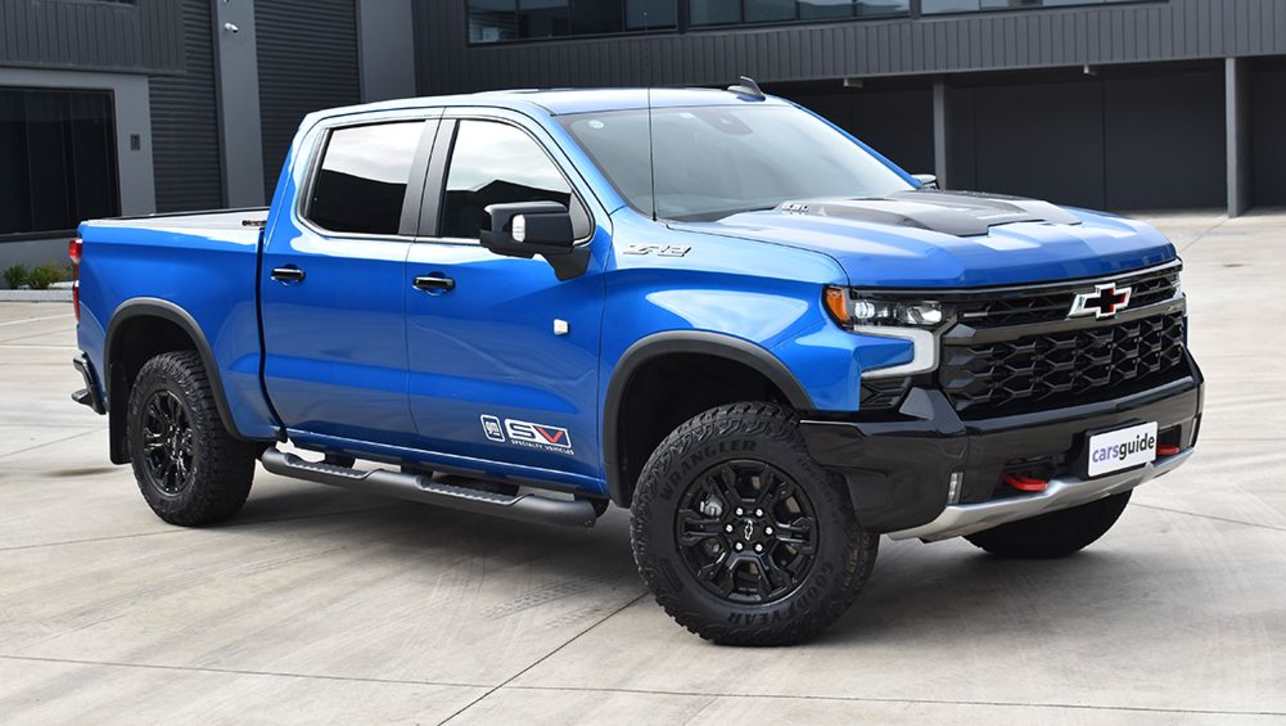
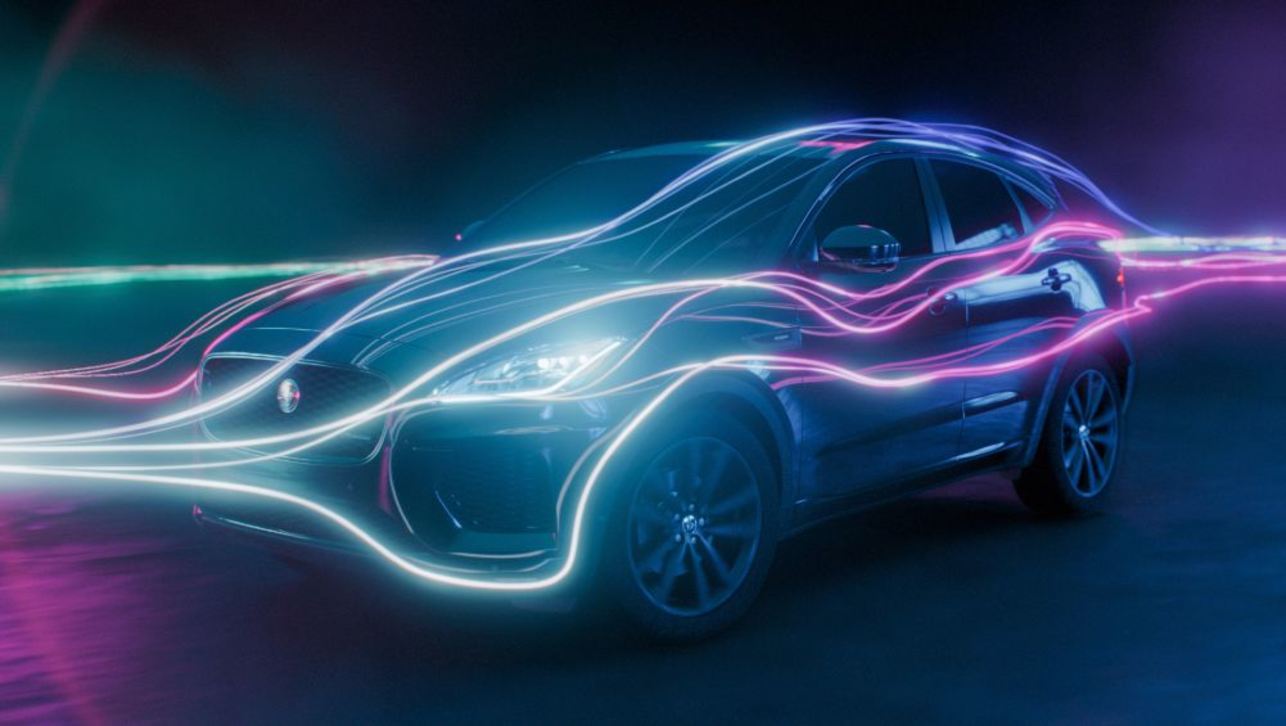
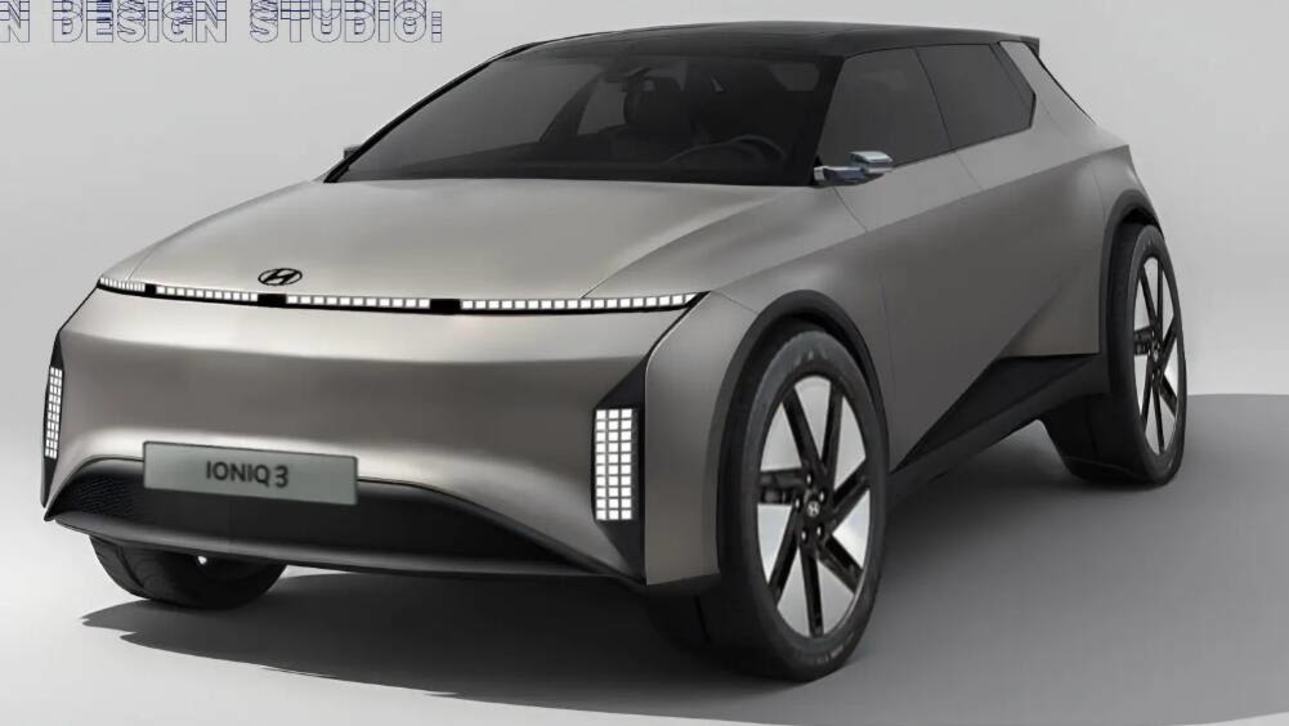
.jpg)
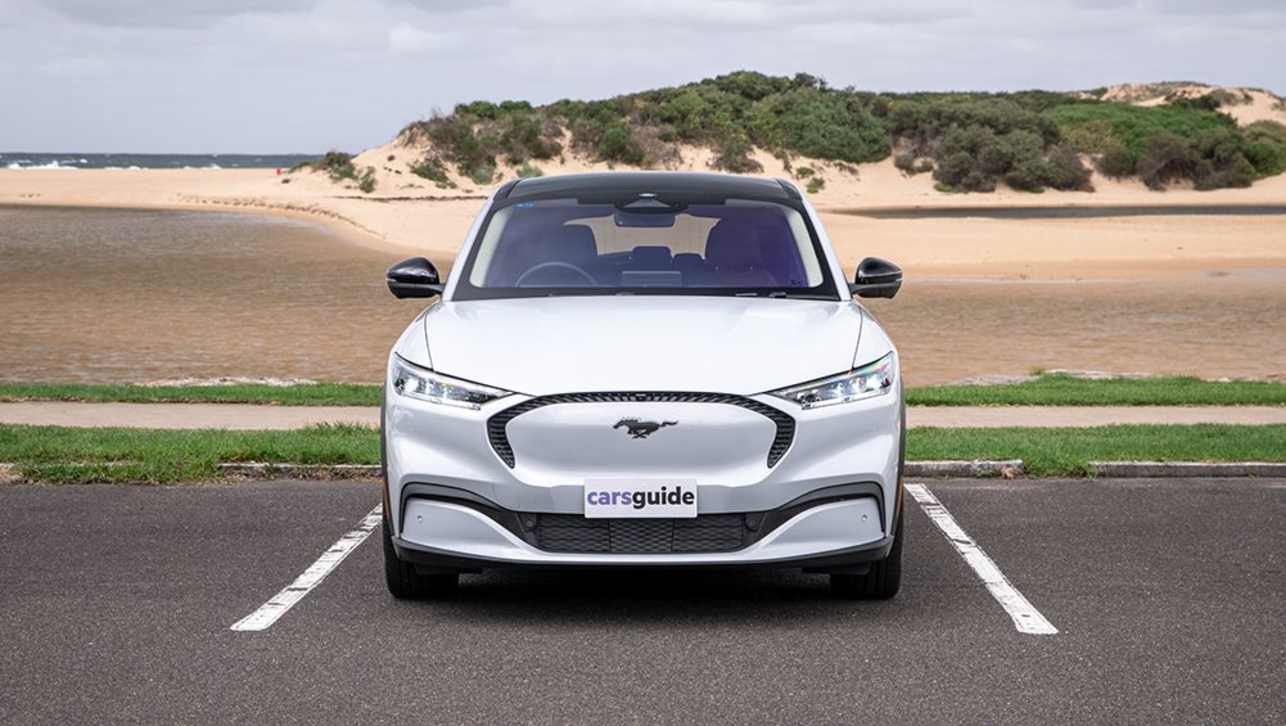
.jpg)


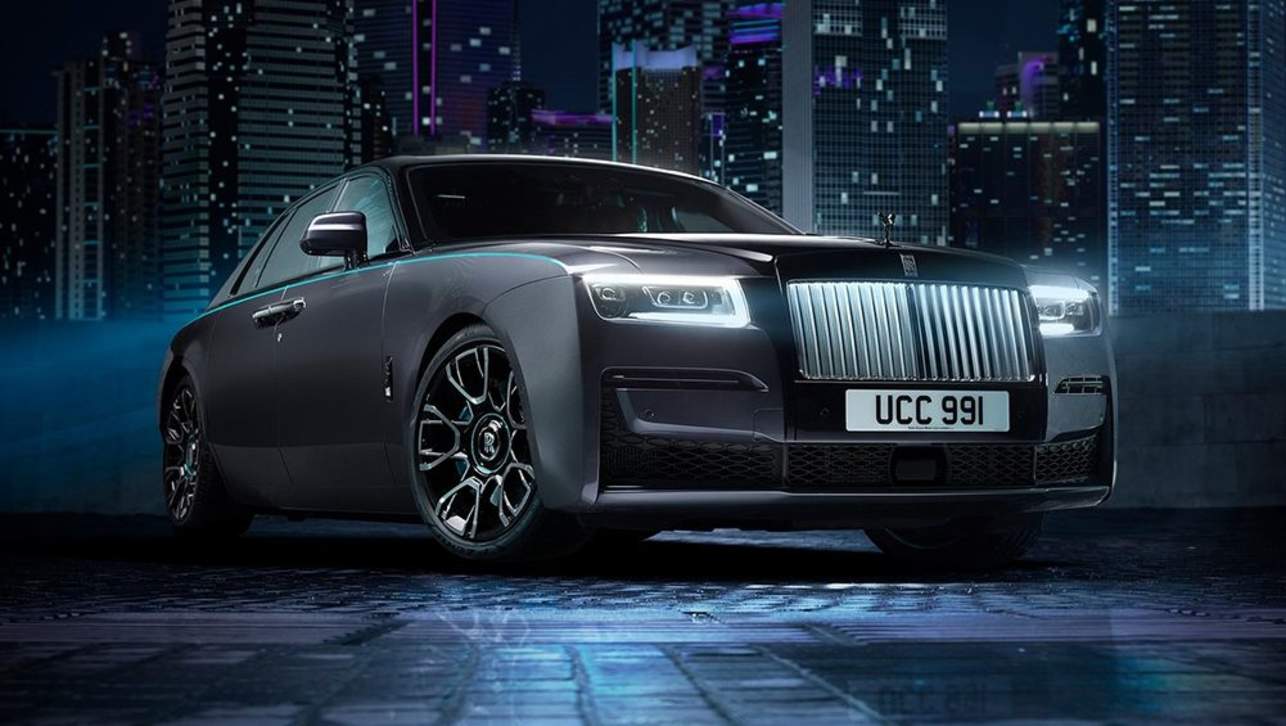
.jpg)
.jpg)
.jpg)
 copy.jpg)

.jpg)


Comments